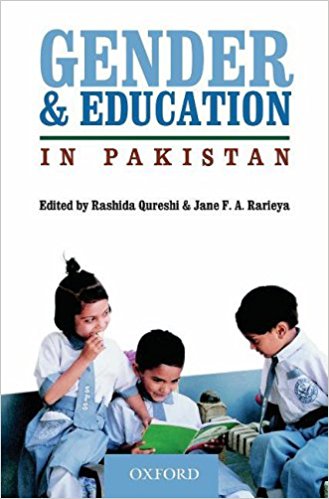Education of women is accepted today as a basic human right and a crucial input for national development. Apart from its intrinsic worth, women’s education has powerful instrumental value for bringing about economic growth and social change. Yet sixty years after Independence, the female literacy rate in Pakistan in 2003 was only 42 per cent. While considerable work has been done by historians, sociologists and educationists on different aspects of women’s education in India, there have not been similar studies in Pakistan. Gender and Education in Pakistan is, therefore, a useful addition to the existing literature on women’s education in South Asia. The volume is a collection of articles that explore the nature of various issues of women’s education in (1) educational policies; (2) teachers’ life experiences; (3) classroom practices; (4) educational leadership and management and (5) educational research.
Part I–Gendered Landscape—reviews women’s education during the decade 1990-2000 in terms of educational policy, practices and outcomes. The picture is very similar to that of India, only a little worse. This section begins by discussing the national education policies and government initiatives on girls’ education. It outlines the trends in enrolment, retention and learning outcomes, particularly at the primary level because this level has been the focus of policy intervention. Once again, for Indian scholars the scenario is very familiar. The barriers to women’s education are common across most developing countries—poverty, socio-cultural constraints, distance of school from home, quality of schools, lack of female teachers and role models. The different types of NGO initiatives are also discussed. This brief overview reveals that despite all the policy declarations, increase in enrolment rates has been slow, drop-out rates have been high and the gender gap has persisted across all stages of education.

